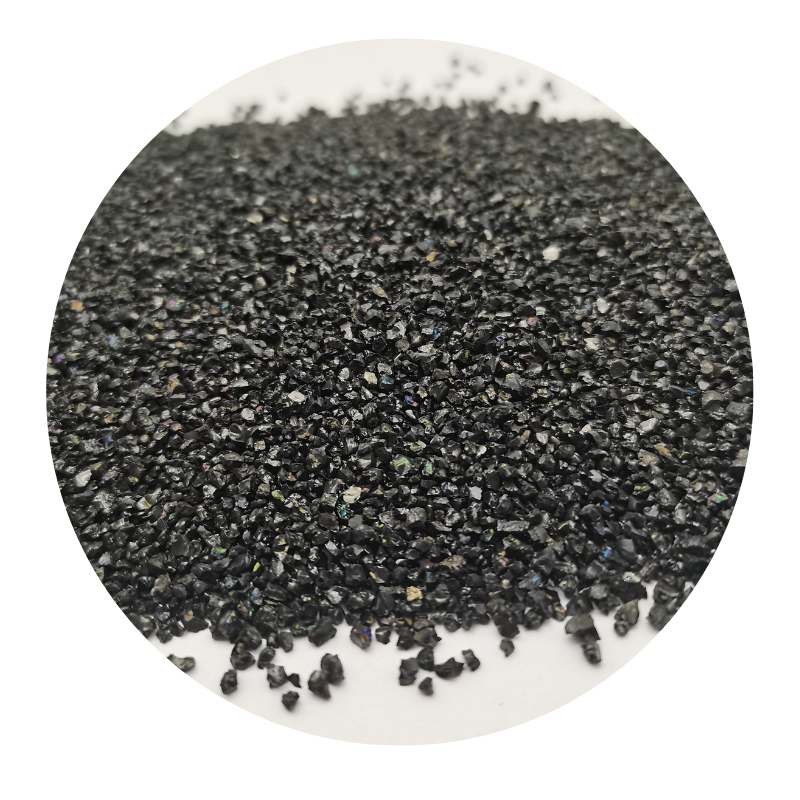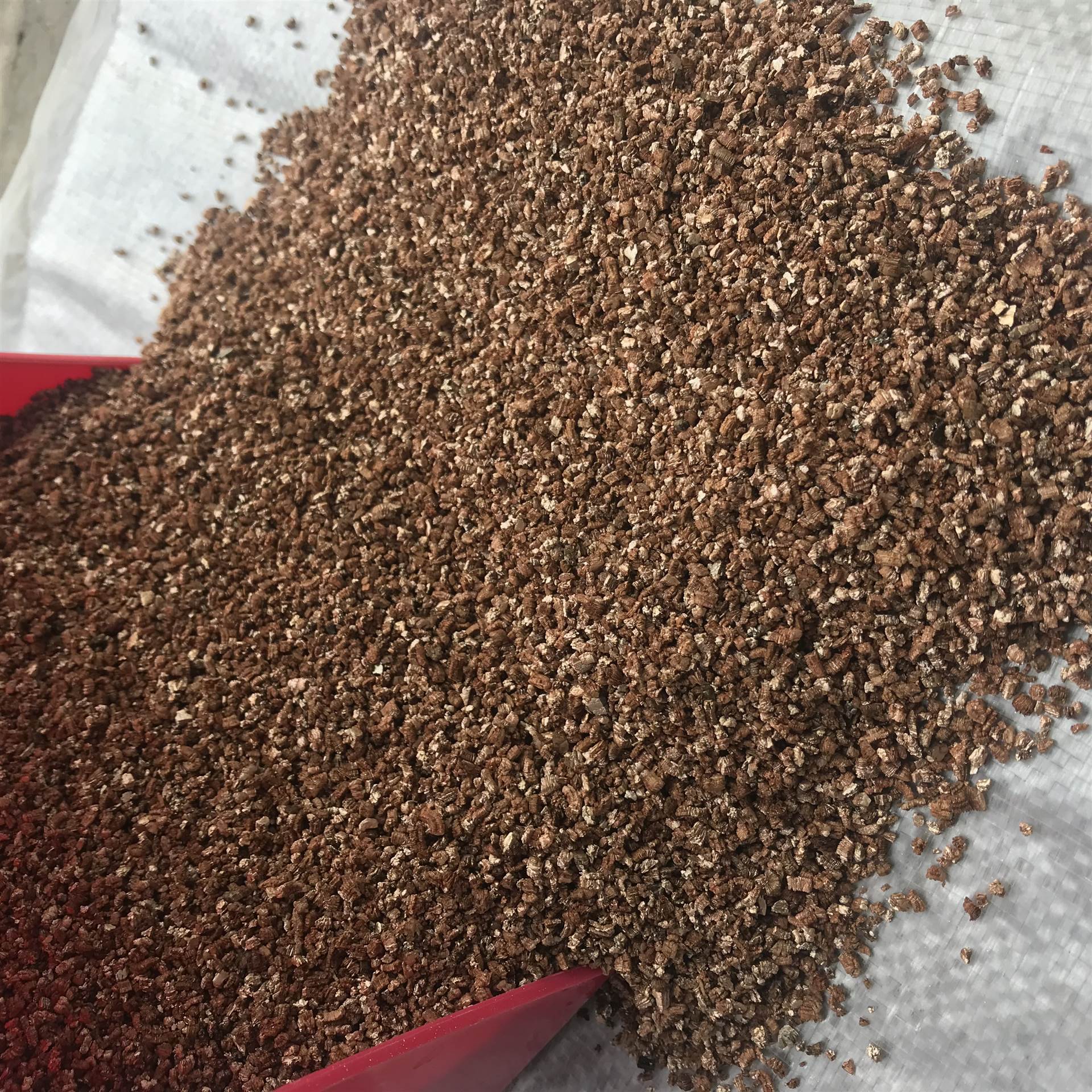
High-Quality Mica Powder for Epoxy Resin Custom & OEM Manufacturer Factory Supply
- Introduction: Understanding mica powder for epoxy resin
and its growing demand - Technological Advancements in Mica Powder Production
- Comparative Analysis: Custom Mica Powder for Epoxy Resin Factories vs OEM Manufacturers
- Tailored Solutions: Exploring Customization Options
- Application Cases: Real-World Uses & Data-Driven Insights
- Standardized Quality Assurance and Compliance
- Conclusion: Strategic Advantages with Mica Powder for Epoxy Resin

(mica powder for epoxy resin)
Introduction: Understanding mica powder for epoxy resin and its growing demand
Mica powder for epoxy resin has emerged as a crucial additive in various industrial and artistic domains due to its unique combination of properties – exceptional color brilliance, natural lustre, thermal resistance, and extraordinary stability in polymer matrices. The global market for epoxy resins surpassed $8.7 billion in 2023, with specialty additive usage, including mica, increasing by 14% year-on-year. Mica imparts dazzling visual effects and is favored in high-performance coatings, river tables, automotive parts, electronics encapsulation, and crafts. The distinctive flake structure of mica facilitates light scattering, delivering pearlescent sheens and multidimensional refractive qualities. With consumer preference shifting towards personalization and enhanced durability, the need for custom mica powder for epoxy resin factories intensifies, fueling innovation and niche manufacturing partnerships. The following content delves into technological advances, manufacturing comparisons, tailored formulation options, data-driven applications, and supply chain strategies to help businesses harness the full potential of mica powder for epoxy resin.
Technological Advancements in Mica Powder Production
In the last five years, significant advancements have transformed the manufacturing landscape for mica powder destined for epoxy applications. Ultra-fine grinding technology achieves particle sizes of 5–40 microns, promoting superior suspension and dispersion within resin matrices. Sophisticated surface-treatment protocols – such as organosilane and titanate coupling – boost interfacial adhesion, achieving up to 97% bond efficiency and enhancing mechanical strength properties by 12–18%.
Additionally, advanced micronization processes reduce impurities (<0.8% by weight), minimize color variability (ΔE < 2.0), and enable the development of bespoke pigment blends. With tight quality control (±1 micron deviation), manufacturers can replicate custom effects for OEM requirements, supporting both mass market and artisanal developments. Data from custom mica powder for epoxy resin factories indicates that over 28% of product lines are now customizable within 72-hour lead times, in response to market demand for specific hues, metallic finishes, and eco-compliant compositions. This acceleration in R&D ensures that innovations in resin aesthetics and performance remain accessible to industries reliant on premium, reliable pigments.
Comparative Analysis: Custom Mica Powder for Epoxy Resin Factories vs OEM Manufacturers
Selecting the right supplier of mica powder for epoxy resin hinges on assessing a range of parameters: technical capacity, product consistency, minimum order quantity (MOQ), pricing, color customization, and after-sales support. The table below provides a concrete comparative overview between typical custom mica powder for epoxy resin factories and OEM mica powder for epoxy resin manufacturers, based on industry survey data collected in Q1 2024.
| Criteria | Custom Mica Powder Factories | OEM Mica Powder Manufacturers |
|---|---|---|
| Average MOQ | 5 kg | 100 kg |
| Color & Effect Customization | Extensive (2000+ shades, 30 finishes) | Standard Range (100-200 shades) |
| Lead Time for New Formula | 7–10 days | 15–21 days |
| Price per kg (USD) | $13–27 | $9–17 |
| QC & Certification | ISO, SGS, customized reports | ISO, batch reports |
| Technical Support | Dedicated R&D team; formulating consultation | Customer service team |
| Eco-Friendly Options | Natural, bio-based, vegan certified | Limited |
As shown, partnering with custom mica powder factories empowers brands with agility, small-batch production, and a broader range of value-added services. Conversely, OEM providers benefit high-volume, price-sensitive projects where a standard selection and economies of scale are prioritized.
Tailored Solutions: Exploring Customization Options
The rise in personalized consumer products has catalyzed a surge in demand for tailored mica powders that cater to precise aesthetic, functional, and sustainability criteria. Factories specializing in custom mica powder for epoxy resin development typically employ a consultative approach. Collaborations start with a technical brief, progressing through pigment compatibility mapping, laboratory trials, and sample validation—a methodology proven to reduce product launch times by up to 40%.
Customization may include:
- Differentiated color matching (RAL, Pantone, HEX, or physical samples)
- Particle size modifications for gloss or tactile effects (5–60 microns)
- Special surface treatments for UV, humidity, or abrasion resistance
- Compliance with food-grade, cosmetic, or LEED standards
- Proprietary blend development for intellectual property protection
Application Cases: Real-World Uses & Data-Driven Insights
Mica powder for epoxy resin is integral to several industries, particularly where visual impact and material longevity are paramount. In the custom table-top market, for instance, dynamic swirling and cell effects are achieved using precisely calibrated color blends—over 65% of river table producers now use at least three types of mica in a single pour to achieve layered optical depth.
In electronics, specialized mica-enhanced epoxies are used for encapsulation, enhancing dielectric properties (increasing breakdown voltage by 14%) and improving heat dissipation (up to 18% enhancement versus standard fillers). Designer flooring applications utilize mica for both slip-resistance and decorative appeal; field data shows a reduction in surface wear by 39% over a 24-month test period.
Artisans and creators further exploit the customizable nature of mica powder, often crafting unique colorways for limited runs. Below is a data snapshot summarizing primary application domains and key results:
| Sector | Application Type | Performance Uplift | Average Customization Requests |
|---|---|---|---|
| Furniture & Decor | Resin tables, wall art | Up to 47% color retention | Multi-tone, metallic effects |
| Electronics | Encapsulation compounds | 14% higher dielectric strength | Thermal conductivity |
| Construction | Epoxy flooring | 39% wear reduction | Slip-resistance, color pallets |
| Artisan Crafts | Jewelry, sculpture | Differentiated, signature colorways | 1-of-1 blends |
These data points highlight the competitive edge enabled by leveraging properly-engineered mica powders—where customization, regulatory compliance, and technical modifiability drive adoption.
Standardized Quality Assurance and Compliance
Quality control and regulatory compliance standards underpin the reliability and performance of mica powders distributed to global markets. The top custom mica powder for epoxy resin factories conform to ISO 9001:2015 management systems and align output with ISO 14001 environmental targets. Traceability from mine to finished powder is maintained through batch coding and third-party audits. Additionally, routine laboratory verifications are conducted: whiteness, oil absorption, heavy metals content (Pb, As, Cd, Hg < 20ppm, meeting REACH and RoHS), and even vegan/cruelty-free certifications for ethical markets.
Real-time process monitoring, coupled with automated colorimetry and foreign-particle detection, minimize batch defects to <0.5%. Notably, customer satisfaction indices for leading factories in 2023 averaged 93.6%, with repeat order rates climbing as high as 82% among North American and European resin brands. For sectors requiring stringent safety—such as children’s toys or kitchenware—third-party certification from SGS, TÜV, or Intertek is often mandatory, reinforcing confidence through documented compliance.
Conclusion: Strategic Advantages with mica powder for epoxy resin
The drive towards innovation, customization, and sustainability has positioned mica powder for epoxy resin at the core of diverse manufacturing and creative processes. The strategic selection of suppliers—whether custom mica powder for epoxy resin factories or OEM mica powder for epoxy resin manufacturers—directly impacts product differentiation and operational success.
As the market matures, manufacturers who prioritize collaborative formulation, stringent quality assurance, and agile supply logistics will capture increased market share and brand authority. Investing in data-driven product development and fostering transparent, long-term partnerships with experts in mica powder engineering ensures that enterprises remain competitive in delivering high-value, visually stunning, and technically superior epoxy resin solutions.

(mica powder for epoxy resin)
FAQS on mica powder for epoxy resin
Q: What is mica powder for epoxy resin used for?
A: Mica powder for epoxy resin is used to add shimmering color and effects to resin projects. It provides a metallic or pearlescent finish. It’s popular in art, countertops, and crafts.Q: Can I order custom mica powder for epoxy resin from a factory?
A: Yes, you can order custom mica powder for epoxy resin directly from specialized factories. They can match specific colors or effects based on your requirements. Custom orders often have a minimum quantity.Q: What is the difference between an OEM mica powder for epoxy resin manufacturer and a regular supplier?
A: An OEM manufacturer produces mica powder under your brand or design specifications. A regular supplier offers standardized products. OEM options offer greater flexibility for branding and formulation.Q: Do custom mica powder for epoxy resin factories provide samples?
A: Most custom mica powder factories provide samples for quality or color checking. You can usually request small sample packs before placing large orders. Sampling helps ensure your satisfaction with the product.Q: How do I choose the right mica powder for my epoxy resin project?
A: Consider the desired color, particle size, and effect you want in your project. Custom factories can suggest options based on your needs. Always test a small amount first to check compatibility with your epoxy brand.Share
-
Premium Perlite for Cactus Custom & OEM Perlite Manufacturer SolutionsNewsJul.08,2025
-
High Quality Granular Bentonite Clay Supplier - OEM Sodium Bentonite Manufacturer in ChinaNewsJul.08,2025
-
High-Quality Mica Powder for Epoxy Resin Custom & OEM Manufacturer Factory SupplyNewsJul.08,2025
-
Custom Ceramic Particle Manufacturer & Factory High-Quality Ceramic Particle SolutionsNewsJul.07,2025
-
Custom Aluminium Oxide Grains Manufacturers & Factories High Quality SolutionsNewsJul.07,2025
-
Premium Clay Pebbles for Gardening - Custom Solutions from Leading Manufacturers & FactoriesNewsJul.07,2025






